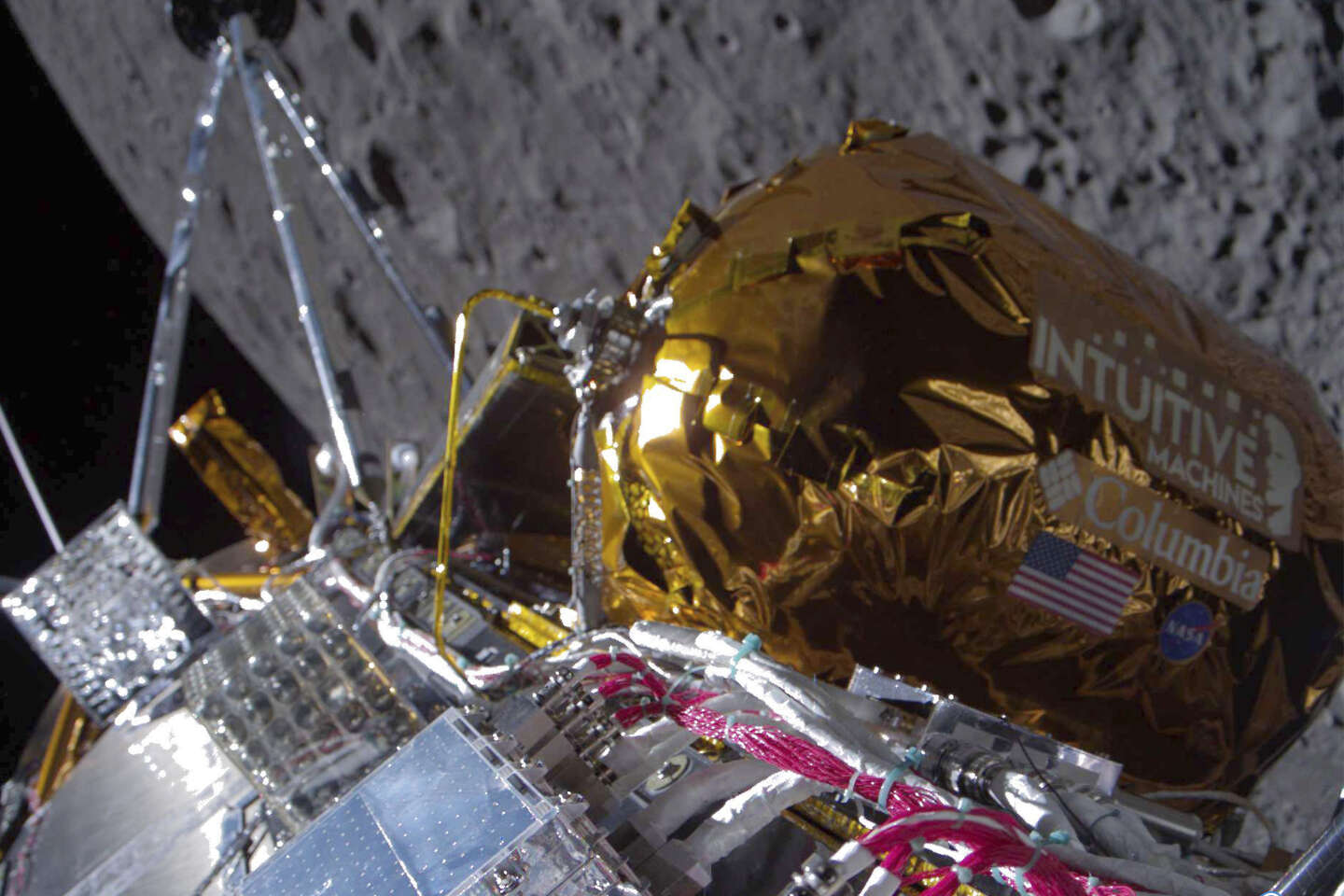
The successful landing of Nova-C marks the Americans' return to the Moon

With the successful landing of the Nova-C lander, called Odysseus, on the Moon, the American company Intuitive Machines, on the night of February 22 to 23, verified three codes. First of all, it marked the United States' return to our natural satellite after more than half a century of absence. Last time machine Made in USA Its metal legs have actually been sunk into the lunar regolith as far back as 1972 with the Apollo 16 (in April of that year) and Apollo 17 (in December) missions.
Even as delays accumulate in NASA's Artemis program, through which NASA intends to return humans to the moon, and while new players – China, India and Japan – enter the exclusive club of nations capable of landing on a night star, it is time for the United States to show that they are staying in the race. .
The second code is located in the operator's ID. In the list of successful moon landings, the Odysseus landing is the first undertaken by a private company. Moreover, it is founded by a young company because Intuitive Machines was founded only in 2013. Others have tried their luck and failed, most recently US firm Astrobiotic Technology, whose Peregrine mission was aborted in January due to a fuel leak shortly after liftoff.
However, it should be noted that the Odysseus and Peregrine landers, although designed and controlled by private companies, remain in some way under NASA's auspices because their funding comes from NASA's CLPS (Commercial Lunar Payload Services) program. US Space Agency. It has, in effect, decided to subcontract robotic missions to the Moon to a burgeoning private sector, just as it entrusted Elon Musk's SpaceX with transporting astronauts to the International Space Station (ISS). A way to save money and motivate New Space players. Note in passing that Odysseus left Earth on February 15 aboard a SpaceX Falcon-9 rocket. For this mission, Intuitive Machines received $118 million from NASA under CLPS.
Malapert-A crater, the space agencies' new Eldorado
The third and final symbol of this landing is due to the chosen location: Odysseus, which resembles a container standing on six legs, landed 300 kilometers from the south pole of the Moon, in the Malaparte-A crater.
This polar region has become the new El Dorado for space agencies, due to the water ice reserves found in its soil. If it can be exploited, this water will be valuable for life on future bases but also for providing the hydrogen and oxygen that will power the engines of machines taking off from the Moon again after refueling. The Intuitive Machines device is the second to set foot in the region, after the Indian Chandrayaan-3 probe, in 2023.
Even if the symbols prove powerful, Odysseus's mission will have only modest ambitions on Earth, simply because it will only last seven days. At the scientific level, the few instruments on board will mainly study the near-environment of the vehicle and the impact of landing on the ground. After this week of activity, the lunar night and temperatures above freezing should be the best for the machine.

“Incurable web evangelist. Hipster-friendly gamer. Award-winning entrepreneur. Falls down a lot.”
